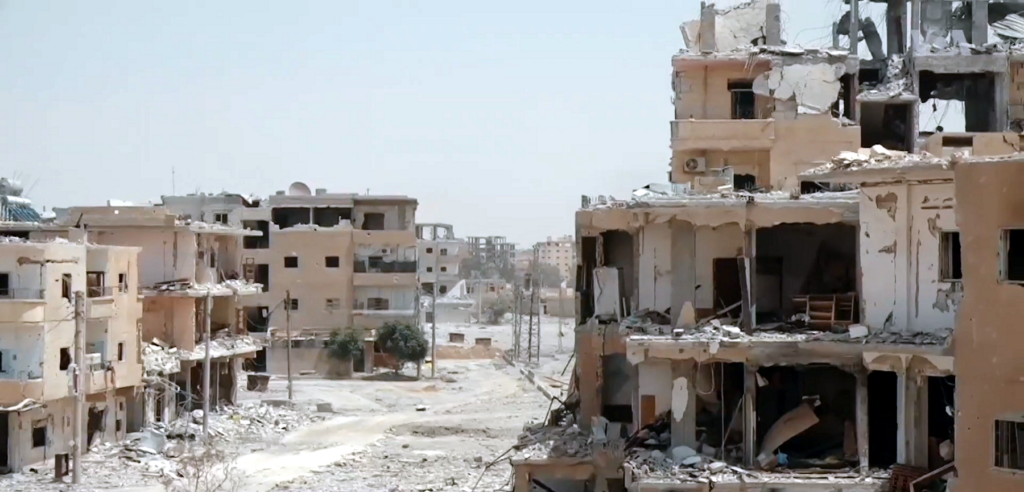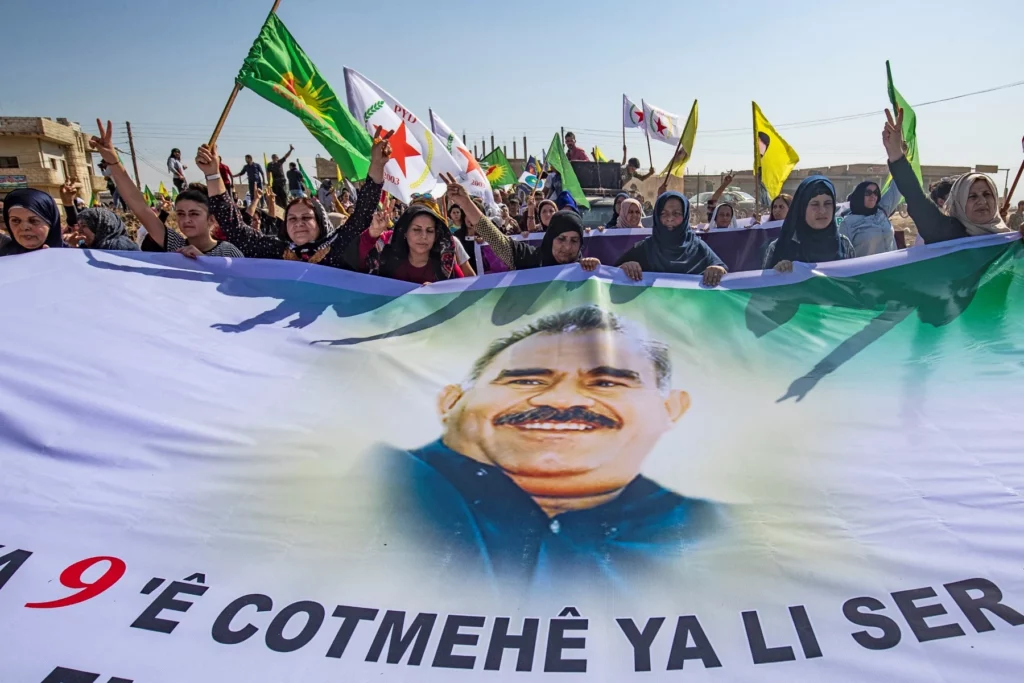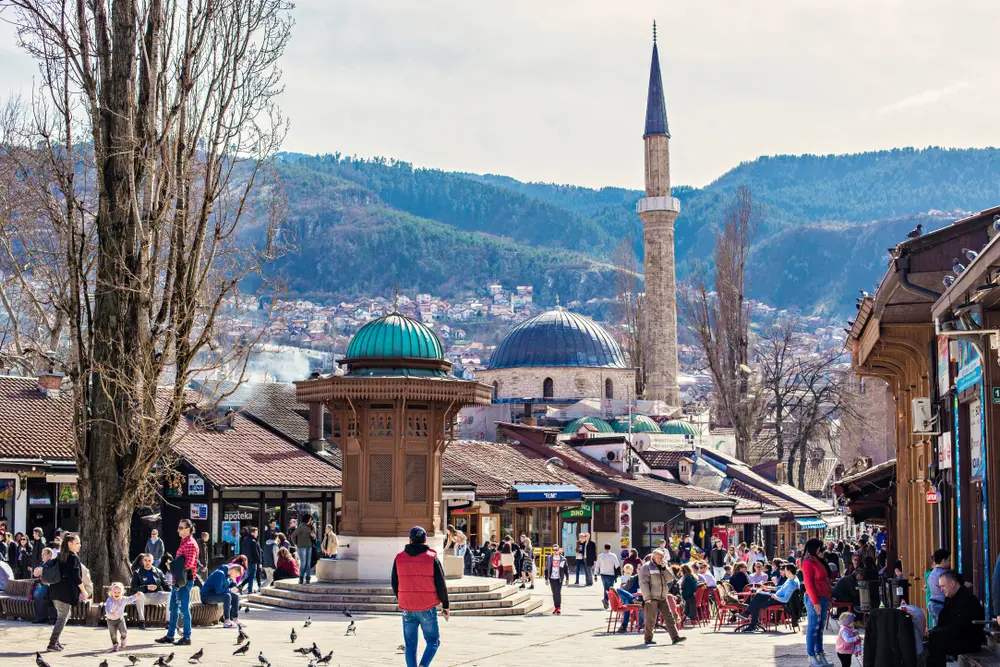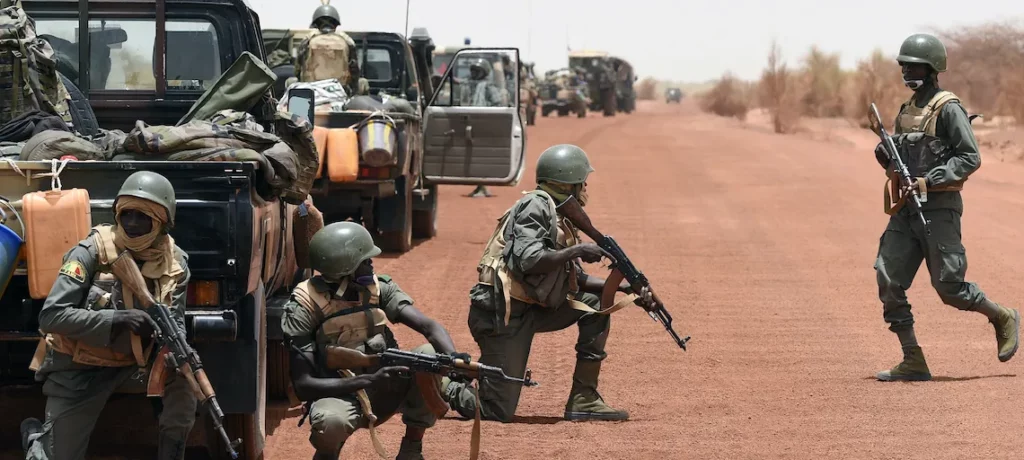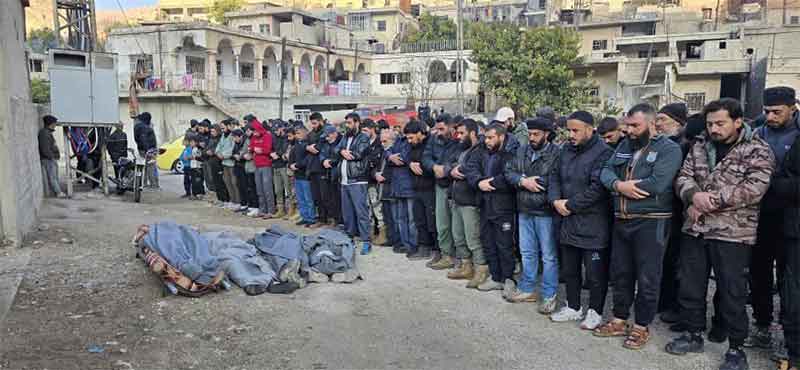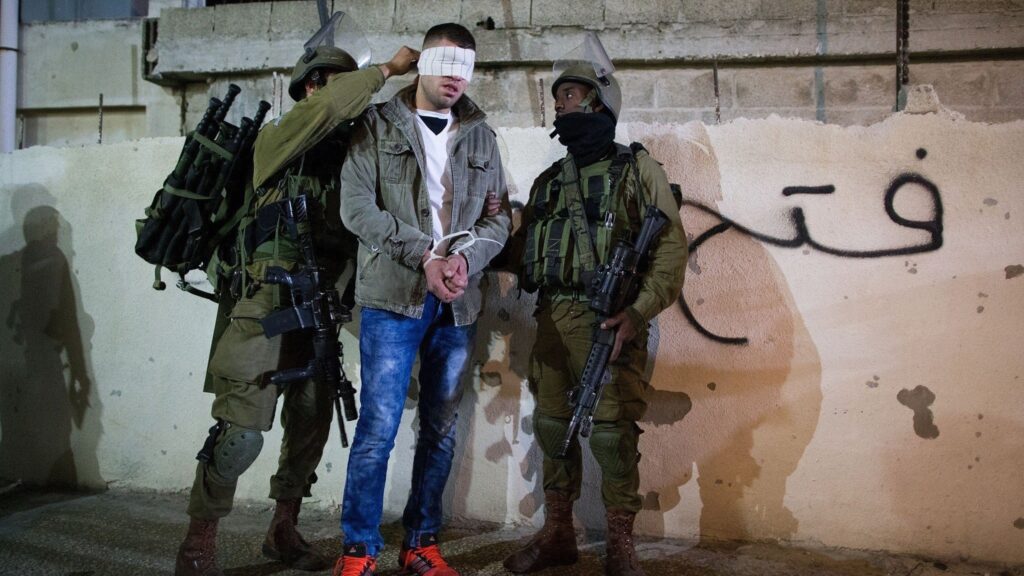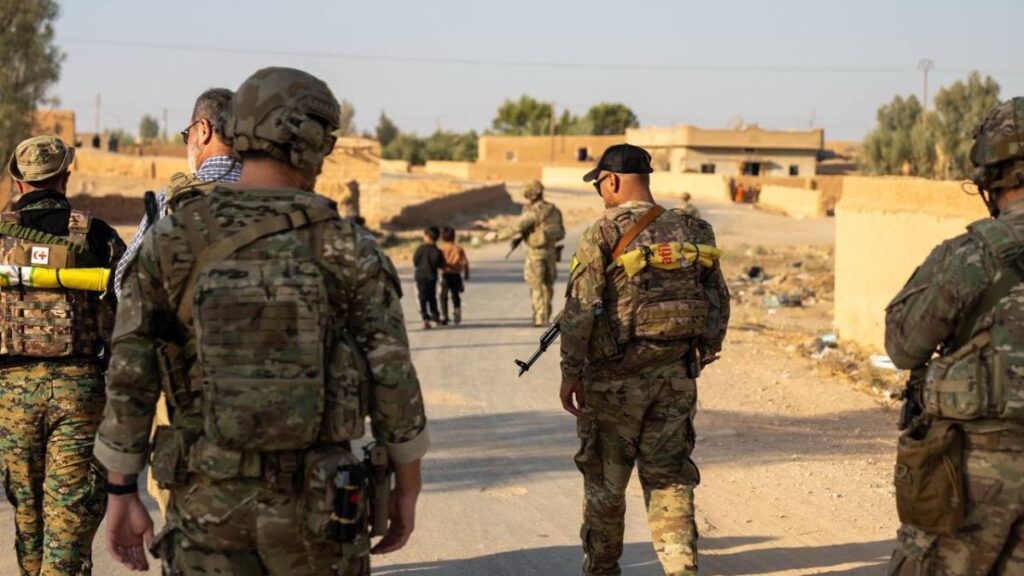According to a shocking new report by the Study of Global Antisemitism and Policy (ISGAP), as well as Jihad in America: The Grand Deception, a 2012 film by the Investigative Project on Terrorism, the Muslim Brotherhood, along with its major patron, Qatar, has a dangerous ideological agenda aimed at undermining the West from within.
ISGAP’s latest report highlights a crucial and overlooked fact: the ruling family of Qatar has pledged Bay’ah — a spiritual oath of loyalty — to the Muslim Brotherhood, the intellectual parent of modern political Islam. This ideological commitment drives Qatar’s global influence operations and informs the direction of its foreign funding.
Qatar’s influence does not end with funding. ISGAP identifies the Muslim Students Association (MSA) — founded by Muslim Brotherhood activists — as the primary vehicle for campus-level ideological entryism. Operating on 600+ US campuses, the MSA works closely with Students for Justice in Palestine (SJP). Since the Hamas atrocities of October 7, 2023, these groups have mobilized some of the most aggressive anti-Israel activism, including disruptions, protests and dissemination of pro-Hamas messaging.
According to ISGAP’s Executive Director, Charles Small, the Muslim Brotherhood aims to isolate Israel and weaken US-Israel ties, fragment US society through antisemitism and campus radicalization, and challenge democratic norms and replace them with Islamist ideological frameworks.
Qatar’s campaign is not confined to the United States. A credible security source, cited in a report by the Usanas Foundation, a “geopolitics and security affairs organization” based in India, indicates that Doha is funding Islamist-aligned academia, media, and campus activism across India, the United Kingdom, and EU nations.
Money is flowing to journalists, professors, and influencers in India who promote political Islam under the guise of “Palestinian activism”.
Unless democracies take decisive action — through transparency laws, foreign-funding oversight, campus reform, and ideological vigilance — Qatar’s anti-democratic ideological offensive will continue hollowing out the foundations of free societies throughout the world.
Qatar continues to conduct one of the most extensive foreign influence operations in modern history. Through hundreds of billions of dollars — estimated at up to a trillion dollars — funneled into Western universities, research centers, media platforms and political advocacy networks, Qatar has become the leading global patron of the Muslim Brotherhood in pushing an ideological agenda aimed at reshaping democratic societies from within.
New findings by the Institute for the Study of Global Antisemitism and Policy (ISGAP) show that Qatar’s funding is not benign philanthropy; it is a strategic investment in Islamist soft power, with far-reaching consequences for the United States, India, Europe, and beyond. According to a shocking new report by the Study of Global Antisemitism and Policy (ISGAP), as well as Jihad in America: The Grand Deception, a 2012 film by the Investigative Project on Terrorism, the Muslim Brotherhood, along with its major patron, Qatar, has a dangerous ideological agenda aimed at undermining the West from within.
ISGAP’s latest report highlights a crucial and overlooked fact: the ruling family of Qatar has pledged Bay’ah — a spiritual oath of loyalty — to the Muslim Brotherhood, the intellectual parent of modern political Islam. This ideological commitment drives Qatar’s global influence operations and informs the direction of its foreign funding.
Charles Asher Small, ISGAP’s Executive Director, told the New York Post that Qatar is using universities, cultural institutions and educational programs “to promote its ideology” and advance the Brotherhood’s decades-long strategy of infiltrating Western society.
Massive funding of Western universities:
Qatar has poured extraordinary sums into elite American institutions:
Cornell University: Over $10 billion in total funding for its Doha medical school, averaging $156 million annually since 2012.
Georgetown University: More than $1 billion, heavily influencing Middle East studies and diplomatic training programs.
Texas A&M University: $1.3 billion, including hundreds of research projects - at least 58 with potential dual-use military applications.
In one contract reviewed by ISGAP, Qatar secured all intellectual property rights related to certain research at Texas A&M’s Qatar campus. The university began closing the campus earlier this year, which analysts link to the growing scrutiny of Qatari influence.
Campus networks: MSA, SJP and ideological penetration
Qatar’s influence does not end with funding. ISGAP identifies the Muslim Students Association (MSA) — founded by Muslim Brotherhood activists — as the primary vehicle for campus-level ideological entryism. Operating on 600+ US campuses, the MSA works closely with Students for Justice in Palestine (SJP). Since the Hamas atrocities of October 7, 2023, these groups have mobilized some of the most aggressive anti-Israel activism, including disruptions, protests and dissemination of pro-Hamas messaging.
Through them, Qatar and the Muslim Brotherhood gain:
A pipeline into elite student leadership
Influence over academic discussions on the Middle East
Control over sentiment around Israel and antisemitism
Long-term access to future political, media and tech elites
Infiltration of K-12 schools
Qatar Foundation International (QFI), Doha’s US affiliate, has penetrated American K-12 schools. In one notable incident, a QFI-sponsored classroom map replaced Israel with “Palestine” in a Brooklyn public school.
QFI’s curriculum material and grants give Qatar access to the political formation of American children — an alarming development largely overlooked by policymakers.
The Muslim Brotherhood’s blueprint for transforming the West
ISGAP’s report, “The Muslim Brotherhood’s Strategic Entryism into Western Society”, argues that the Brotherhood is halfway through a long-term plan to reshape Western society by embedding Islamist ideology in universities, think tanks, political institutions, media networks and social movements.
According to Small, the Muslim Brotherhood aims to isolate Israel and weaken US-Israel ties, fragment US society through antisemitism and campus radicalization, and challenge democratic norms and replace them with Islamist ideological frameworks.
Escalating global reach: India, UK and Europe
Qatar’s campaign is not confined to the United States. A credible security source, cited in a report by the Usanas Foundation, a “geopolitics and security affairs organization” based in India, indicates that Doha is funding Islamist-aligned academia, media, and campus activism across India, the United Kingdom, and EU nations.
Al Falah University — linked to extremist elements — is suspected of having received Qatari funds.
Money is flowing to journalists, professors, and influencers in India who promote political Islam under the guise of “Palestinian activism”.
Anti-Hindu narratives and pro-Hamas messaging reflect a coordinated ideological push.
Similar patterns are emerging in London, Paris, Brussels and Berlin – where Qatar-backed groups are at the forefront of anti-Israel demonstrations and pro-Brotherhood messaging.
A direct threat to democratic society
Dr. Small warns that the Muslim Brotherhood’s agenda – heavily financed by Qatar – includes the destruction of Israel, the subjugation of women, the targeting of LGBTQ communities, and the dismantling of equality under the law.
The Brotherhood’s worldview fundamentally rejects the democratic idea of equal rights for all citizens, regardless of gender, religion or ethnicity.
To confront the challenge posed by Qatar’s global influence operations, democratic governments should adopt the following measures:
Mandatory transparency for foreign funding of universities. All foreign grants and contracts should be publicly disclosed, with penalties for nondisclosure.
Prohibit funding from states aligned with extremist ideologies. Governments should ban or strictly regulate donations from entities linked to the Muslim Brotherhood.
Investigate ideological networks on campuses. Organizations such as the MSA and SJP - which openly coordinate with Islamist movements - require deeper scrutiny.
Designate the Muslim Brotherhood as a terrorist organization. This step, already taken by the State of Texas, would restrict the Brotherhood's ability to operate legally across Western countries.
Protect K-12 education from foreign influence. QFI and similar organizations should be barred from funding or shaping public-school curricula.
Qatar’s massive global influence operation represents one of the most serious ideological threats facing the democratic world today. Through its ideological loyalty to the Muslim Brotherhood and strategic funding in the West, Qatar is reshaping Western educational institutions, influencing political discourse, and fostering hostile attitudes toward democratic values and Western allies, especially Israel.
Unless democracies take decisive action — through transparency laws, foreign-funding oversight, campus reform, and ideological vigilance — Qatar’s anti-democratic ideological offensive will continue hollowing out the foundations of free societies throughout the world.
